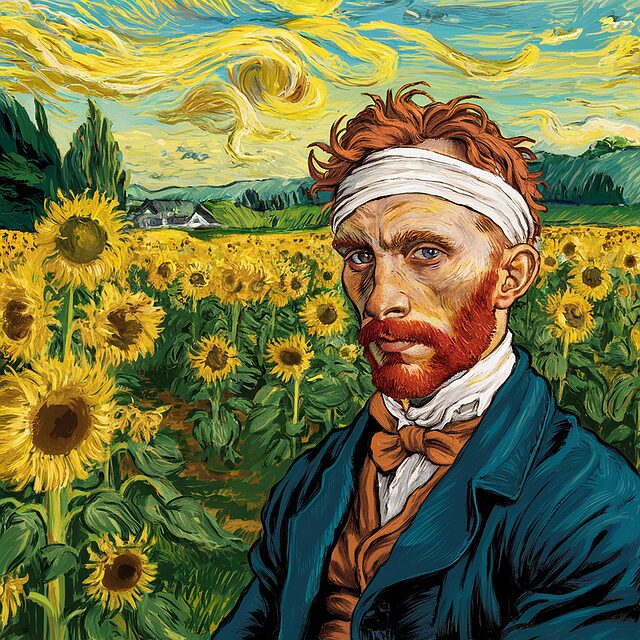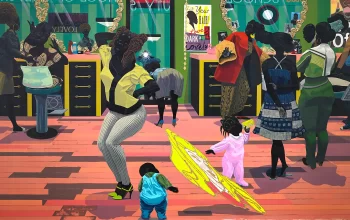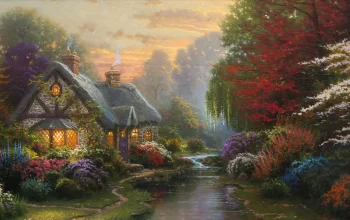Were they just flowers? Or symbols of pain, hope, and human fragility? Vincent van Gogh's sunflowers have shone on canvas for more than 130 years—but their true meaning remains shrouded in mystery.
When we think of Vincent van Gogh today, an explosion of yellow tones immediately comes to mind – his legendary sunflowers, which became not only his visual mark, but also a key to understanding his inner self. “The sunflower is mine,” Vincent once wrote. It was a declaration of ownership, but also an emotional confession. But what was he really looking for in them?
More than just flowers: Sunflowers as a cry to the world
Van Gogh painted a total of 11 paintings with sunflowers. The first were created in Paris in 1887, but his most famous works were created a year later in Arles – in the south of France, where he dreamed of founding an artistic commune. At that time, he was anxiously awaiting the arrival of Paul Gauguin. Sunflowers were to decorate his room – they were a sign of friendship, expectation and artistic togetherness. But as we know, their cohabitation ended tragically and Van Gogh ended up alone – mentally broken.
Discover the world from a different angle

You are only seeing part of the story. The other part – the one that reveals hidden connections and provides a deeper perspective – is intended for our members.
What do you get after unlocking?
● Exkluzívne príbehy a články zo sveta, ktoré iné média prehliadajú. ● Inšpiratívne momenty, ktoré spájajú kultúru, vedu a aktuálne dianie. ● Články bez rušivej reklamy, písané s dôrazom na kvalitu a presnosť.Become a part of iNSTRID
Support independent content that brings you the world's most important content



